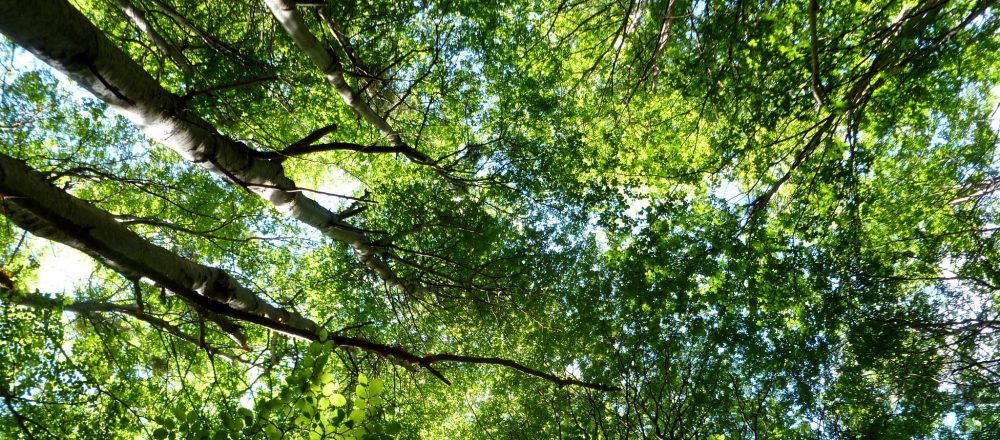In the latest paper published in Agricultural and Forest Meteorology together with our collaborators from Bordeaux we consider the effect of warming on the phenology of European beech.

Using ΔTrait Species Distribution Modelling of a large dataset from provenance trials, we established that not only earlier spring phenology but also delayed leaf senescence in northern populations allowed them to exploit warmer summer temperatures.
Beech is one of those forest trees that utilises a combination of temperature and day-length cues to prompt advancement of its annual growth cycle, meaning the climate warming and associated northerly range shifts have potentially complex outcomes for its phenology.
You can read the full paper open-access for 50 days: Greater capacity to exploit warming temperatures in northern populations of European beech is partly driven by delayed leaf senescence
Homero Gárate-Escamilla, Craig C. Brelsford, Arndt Hampe, T. Matthew Robson, Marta Benito Garzón, (2020) Greater capacity to exploit warming temperatures in northern populations of European beech is partly driven by delayed leaf senescence, Agricultural and Forest Meteorology, Volume 284,
107908, https://doi.org/10.1016/j.agrformet.2020.107908.
